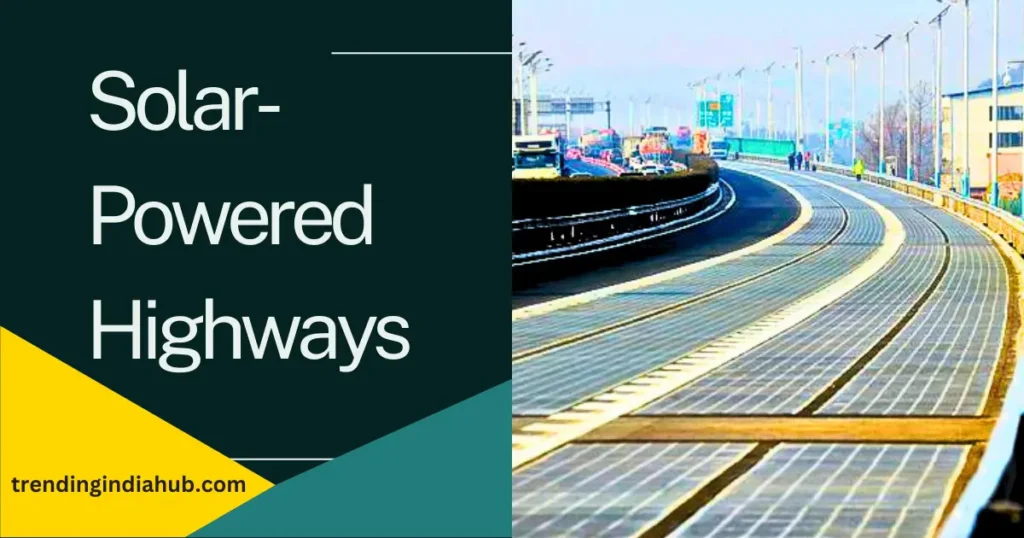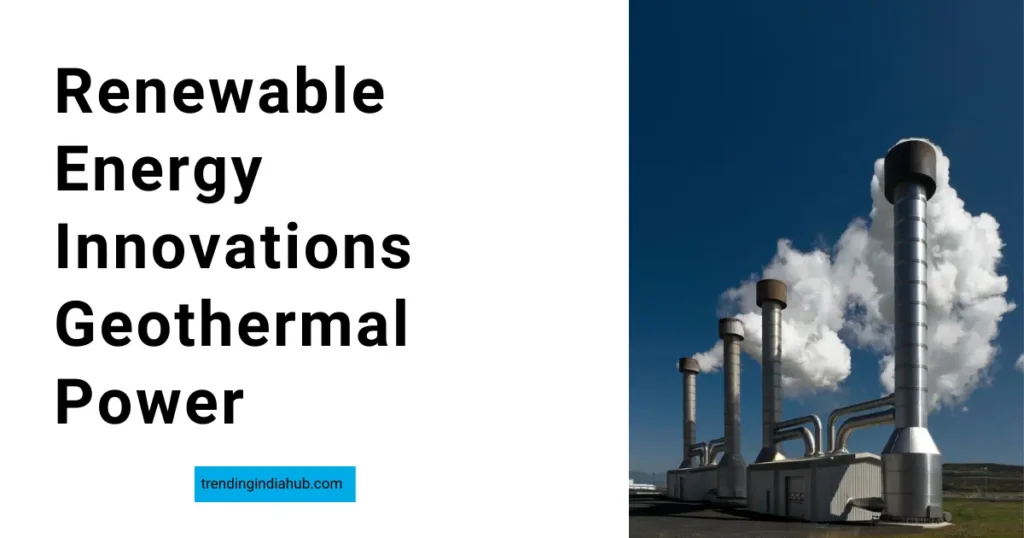High-speed developments in renewable energy are appearing in the booming Indian metropolis of Mumbai, where the sun shines brightly and energy demands are always rising. Let’s examine some of the materials that are enabling the latest developments in renewable energy.
Table of Contents
Renewable Energy Innovations Solar-Powered Highways:

Solar-powered roadways in Mumbai, where traffic congestion is a daily problem, are transforming our understanding of infrastructure. Photovoltaic (PV) panels are a unique kind of solar panel used in the construction of these highways. Harder glass, one of several layers that make up these panels, shields the solar cells from the weight of passing cars. Silicon solar cells that absorb sunlight and transform it into electricity are located behind the glass layer. Additionally, the roadways are embedded with polymers that provide them elasticity and resilience, making them resistant to harsh weather and large loads. These solar roadways not only produce clean energy but also have integrated LED lights that light up the road at night, eliminating the need for conventional lighting and improving safety.
Renewable Energy Innovations in Wind Energy:

Utilizing the strength of the sea breeze, wind farms are usually seen along Tamil Nadu’s coastline. Recent developments in wind energy pertain to improvements in the materials and design of turbines. These days, lightweight, flexible, and robust materials like carbon fiber and fiberglass composite are used to make wind turbine blades. Even at lower wind speeds, more wind energy can be captured thanks to the larger and more effective turbine blades made possible by these materials. To reduce noise and maximize energy output, innovative blade designs that draw inspiration from nature are also being developed.
Renewable Energy Innovations Hydroelectric Power:

India’s energy mix heavily relies on hydroelectric dams in the steep regions of Himachal Pradesh. These dams produce power by harnessing the gravitational force of falling water. Usually composed of titanium alloys and high-strength stainless steel, hydroelectric power facilities use turbines. These materials were selected because they can tolerate high temperatures and pressures as well as corrosion resistance. Additionally, the efficiency and dependability of producing hydroelectric power have grown due to innovations in turbine design, such as variable-speed operation and adjustable blades.
Renewable Energy Innovations Biogas Technology:

Biogas facilities are offering a sustainable way to manage organic waste and produce energy in rural parts of India. These plants break down organic materials, such as food scraps, animal dung, and agricultural waste, using a process known as anaerobic digestion. The end product is biogas. High-density polyethylene (HDPE) tanks or reinforced concrete are commonly employed in the construction of digesters used in biogas facilities. These substances are selected because they are strong and resistant to the corrosive effects of gasses and organic acids. Recent developments in biogas technology have resulted in the creation of small-scale, decentralized biogas systems that are simple for rural households to install and maintain.
Renewable Energy Innovations Geothermal Power:

Geothermal energy has enormous promise as a renewable energy source in Rajasthan, where hotspots dot the desert landscape. By boring deep wells into geothermal reservoirs, geothermal power plants can harness the heat from the Earth. After being removed, the steam or hot water is used to turn turbines and produce energy. The components of geothermal power plants are specially made to endure extreme subterranean temperatures and pressures. Alloy and stainless steel, which are resistant to corrosion, are frequently used to make components like pipe systems. Furthermore, the reach of geothermal energy production has increased thanks to sophisticated drilling techniques like directional drilling and hydraulic fracturing, which have made it possible to tap hotter and deeper geothermal resources.
Renewable Energy Innovations Solar farms that float:

Floating solar farms are becoming more and more popular as a sustainable energy alternative amid Kerala’s serene backwaters. Aluminum or high-density polyethylene (HDPE), which are lightweight and resistant to corrosion, are commonly used to construct these floating platforms. These platforms are equipped with solar panels that enable them to float on the water’s surface while collecting sunlight and producing electricity. Compared to conventional land-based solar installations, floating solar farms provide several benefits, such as higher energy efficiency because of the cooling impact of water and the opportunity to generate renewable energy from underused water bodies. Furthermore, floating solar farms contribute to the preservation of biodiversity and water quality by lowering water evaporation and algal growth in reservoirs.
These developments demonstrate India’s dedication to making the shift to a more robust and sustainable energy future. India is laying the foundation for a more sustainable and prosperous future by utilizing cutting-edge materials and technologies together with renewable energy sources.

